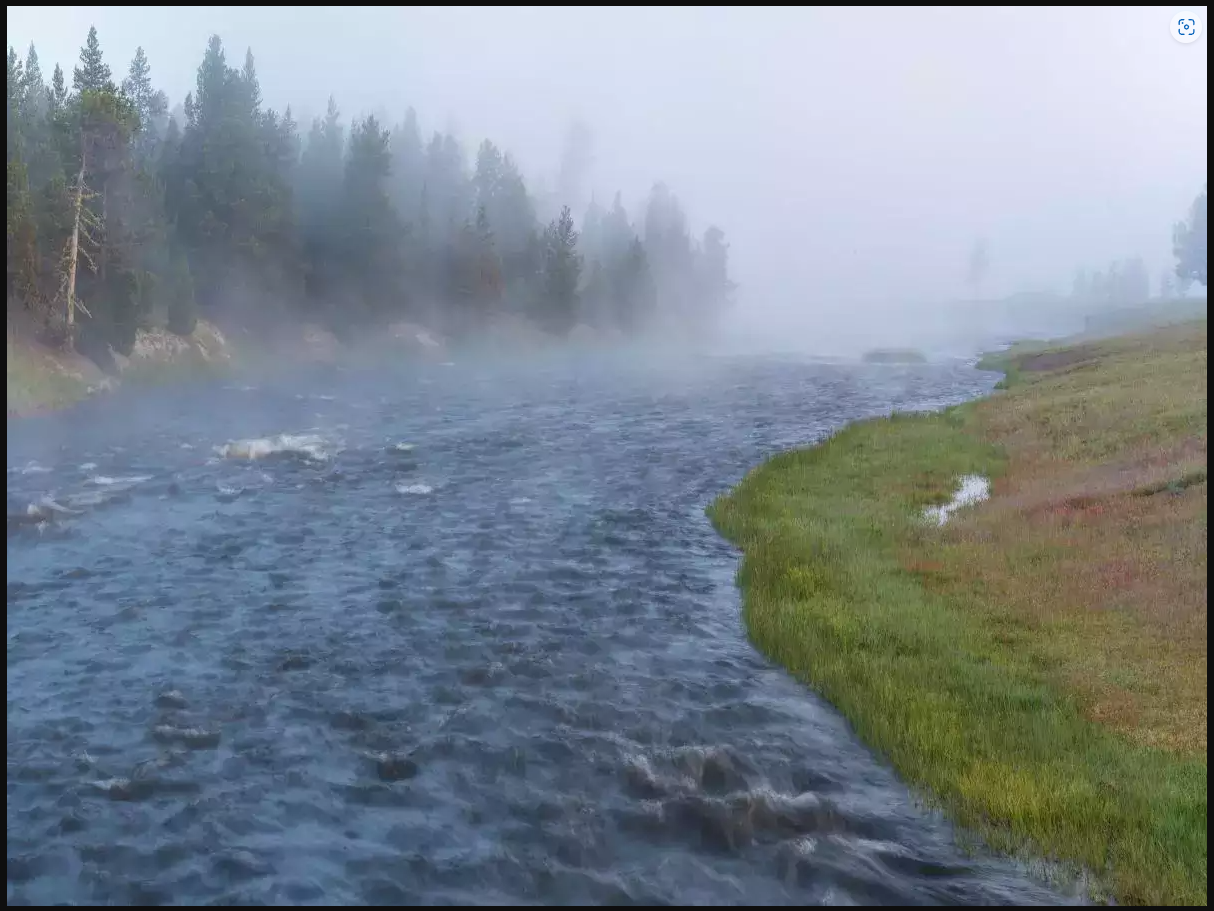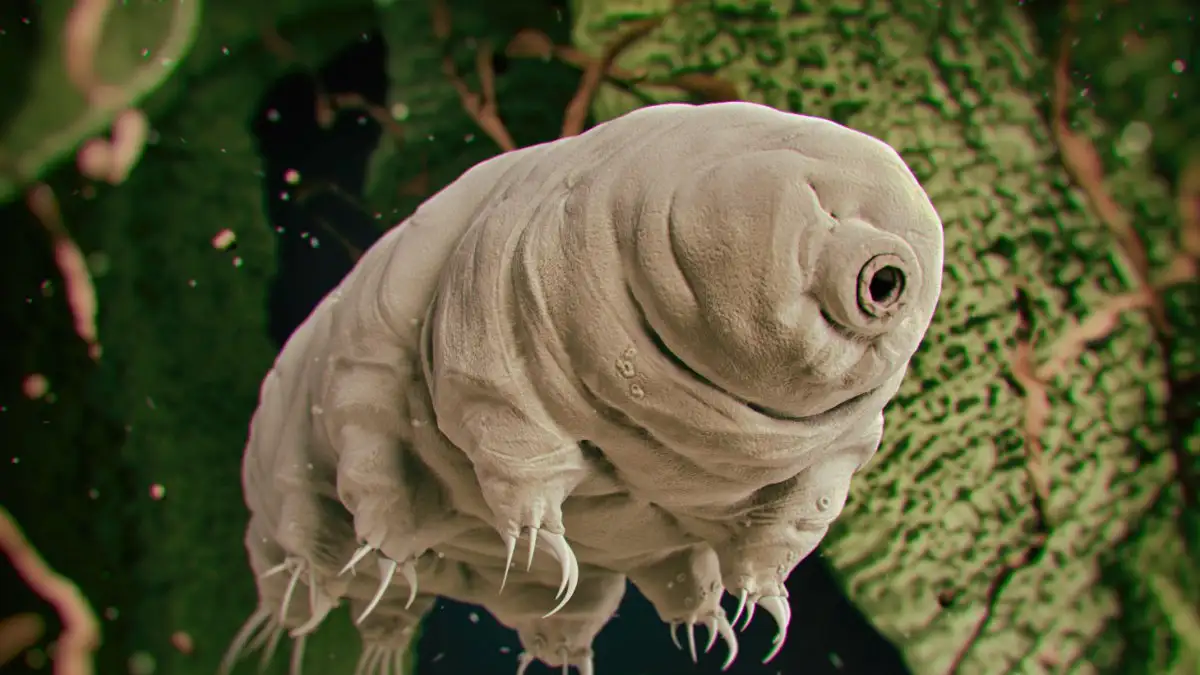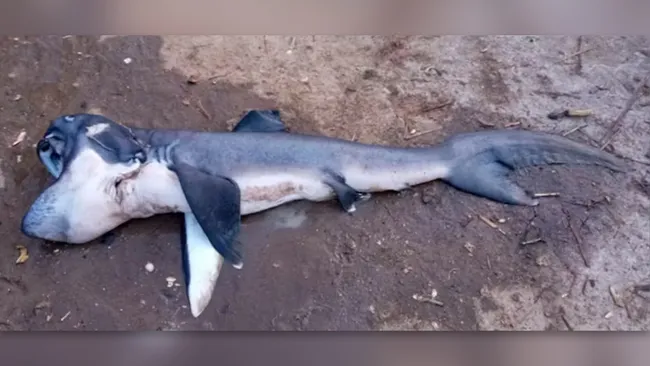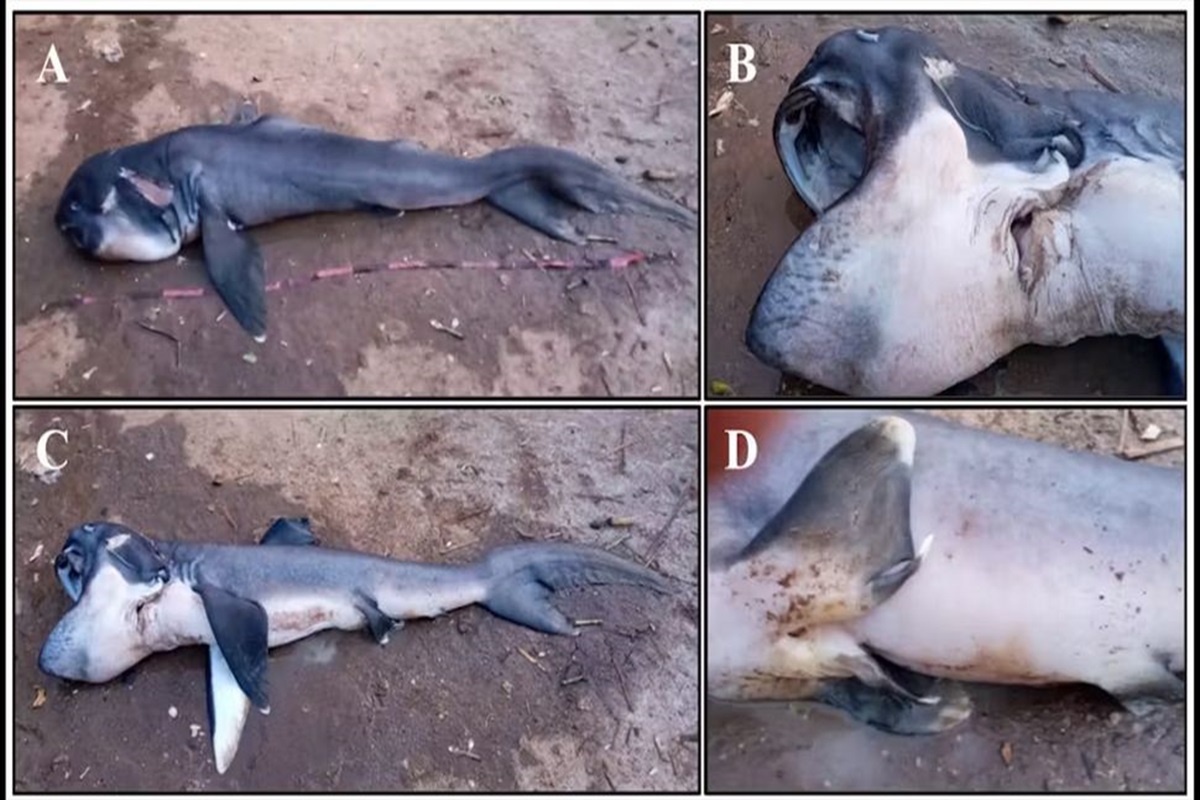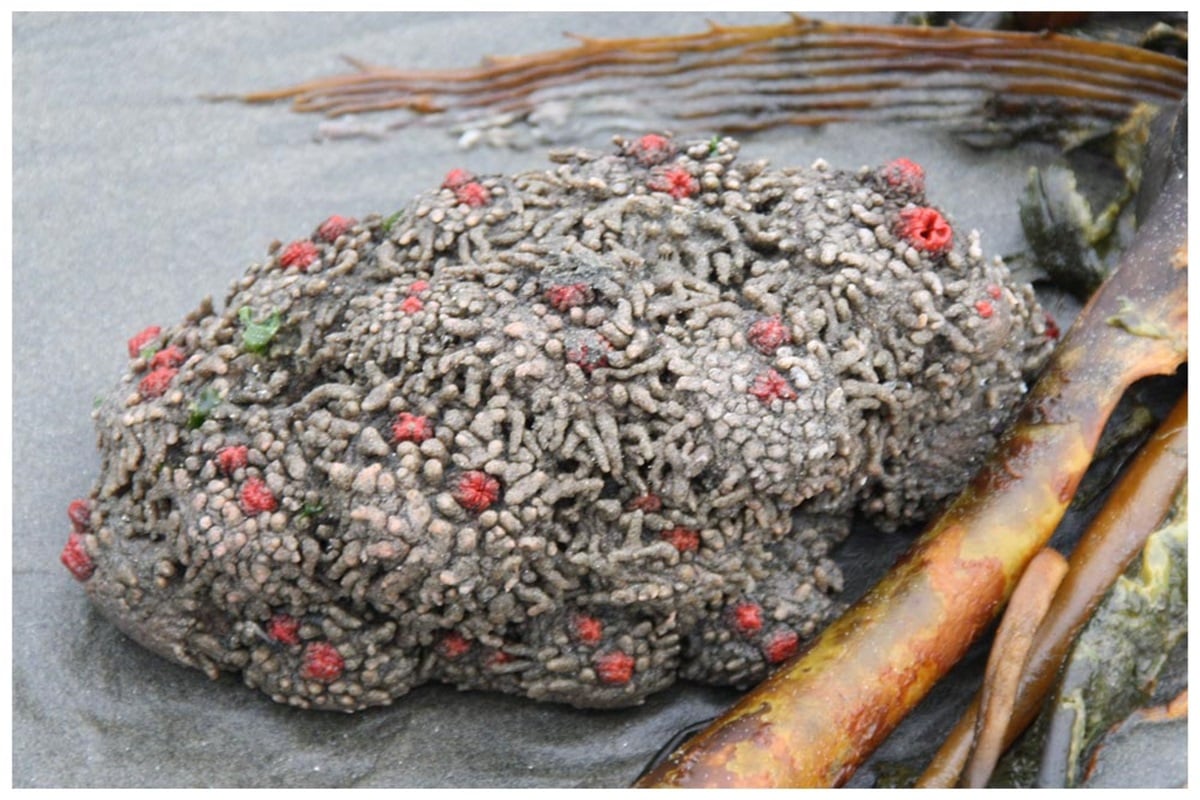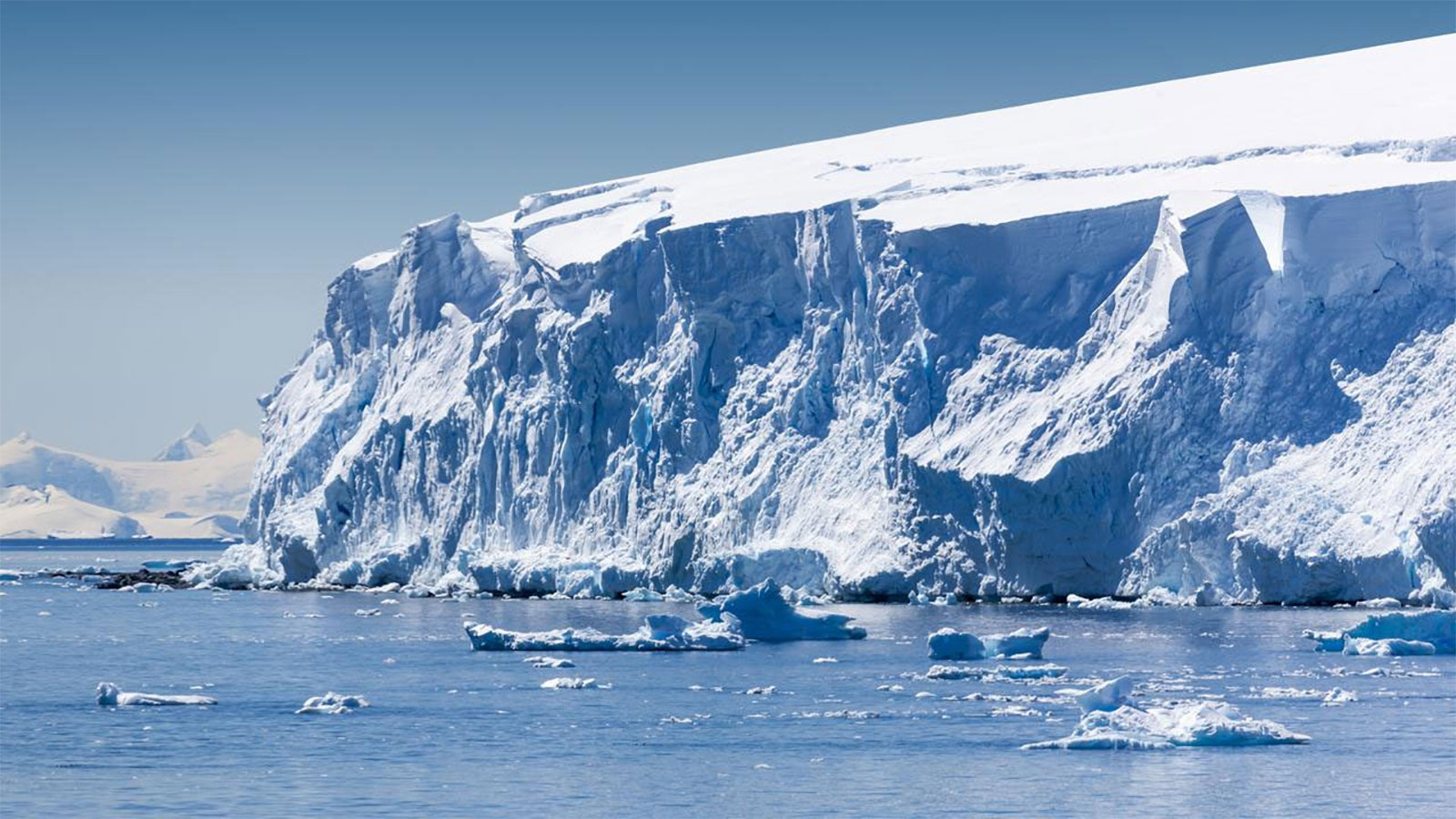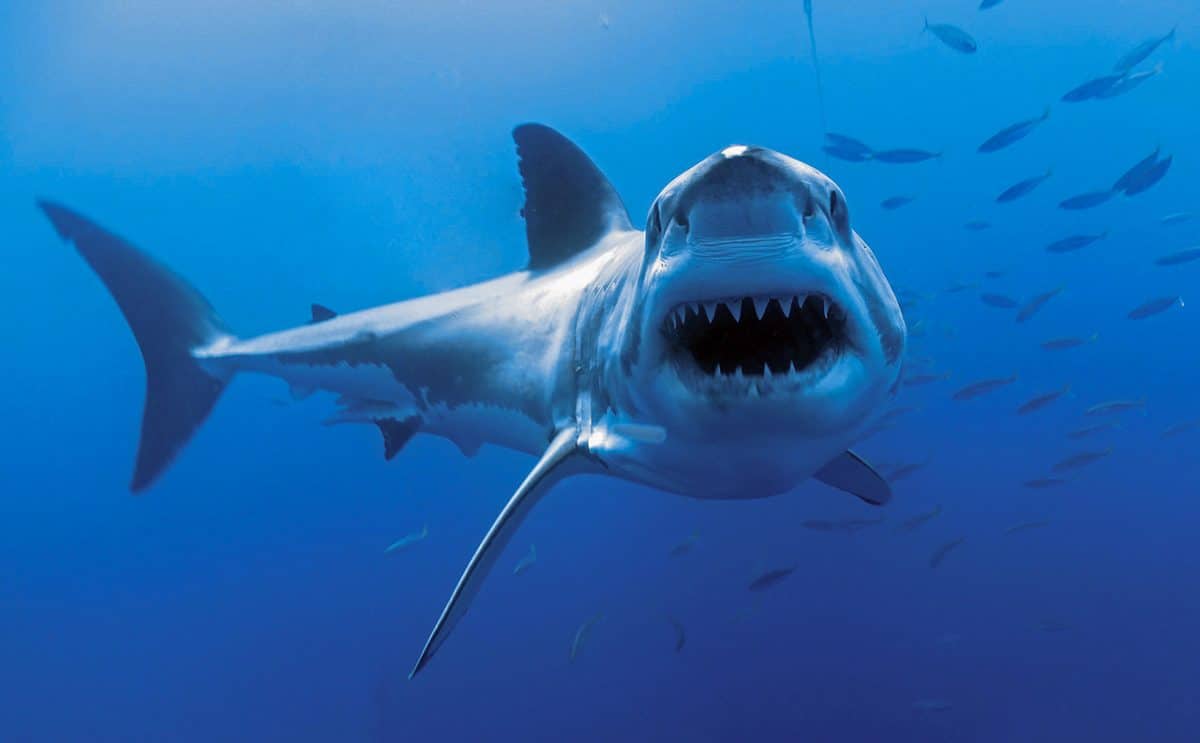Researchers recently made a groundbreaking discovery in the dense forests of Ecuador; a rare species of anaconda, believed to be the largest snake in the world. This newfound anaconda, resembling the ancient green anaconda that roamed the Earth 10 million years ago, was discovered in the Ecuadorian region of the vast Amazon rainforest.
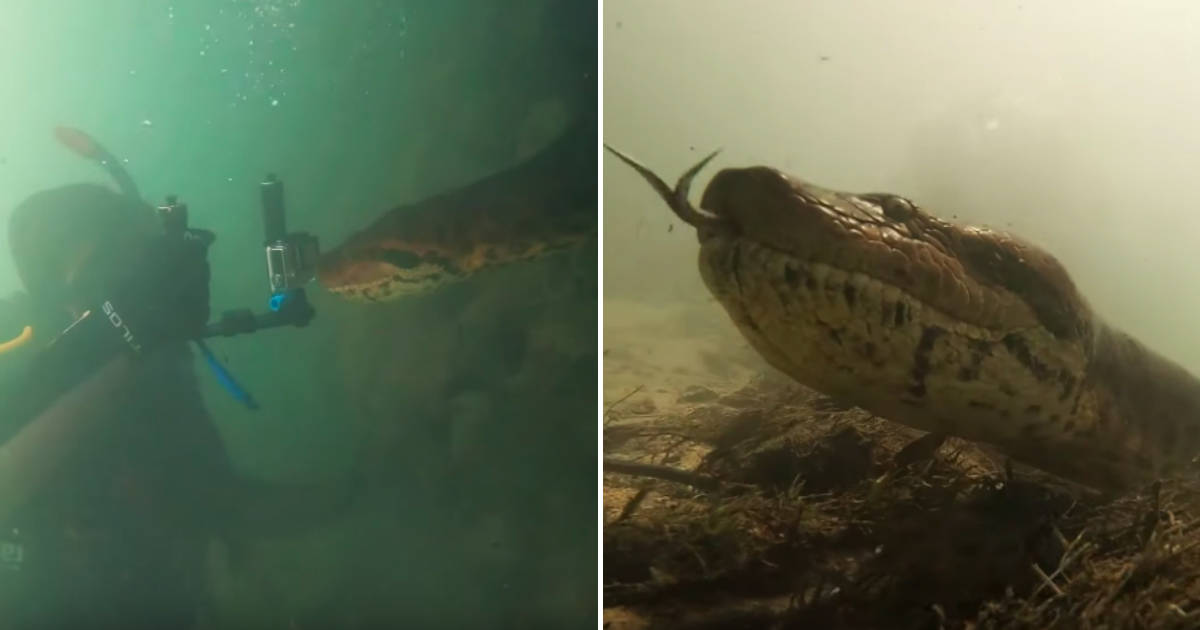
The green anaconda once dominated the landscape a million years ago, held the title of the world’s largest snake. However, this recent discovery suggests a new contender for that title. The snake was discovered in a shallow pond during the filming of a documentary series for a television channel. All researchers were talking about its immense size.
Measuring over 20 feet in length and weighing approximately 200 kilograms, this colossal snake astounded Australian researcher Brian Fry, who has dedicated two decades to studying snakes, particularly anacondas in the South American region. Fry expressed his moment and emphasizing that this newfound species appears to be the largest anaconda ever encountered.
While the discovery is groundbreaking, researchers note that this species of anaconda has yet to be formally documented. Despite this, local tribes in the area are familiar with the snake, indicating its presence in the region’s wildlife area.
The massive size of these anaconda can be the threat of extinction. Concerns have been raised about the survival of all anaconda species, including the green anaconda, due to various factors. Their massive size, once an advantage in their natural habitat has now become a hindrance as they struggle to adapt and survive.
Anacondas face an existential crisis in the Amazon jungle, increased by the decline in their natural habitat. The reduction in rainfall has led to shrinking water bodies, making it increasingly challenging for these large snakes to find suitable environments. Despite their formidable size, anacondas are not venomous, relying on their own strength and aquatic prowess to hunt and survive. The newfound anaconda serves as a reminder of the ongoing battle for survival in one of the world’s most biodiverse ecosystems.
